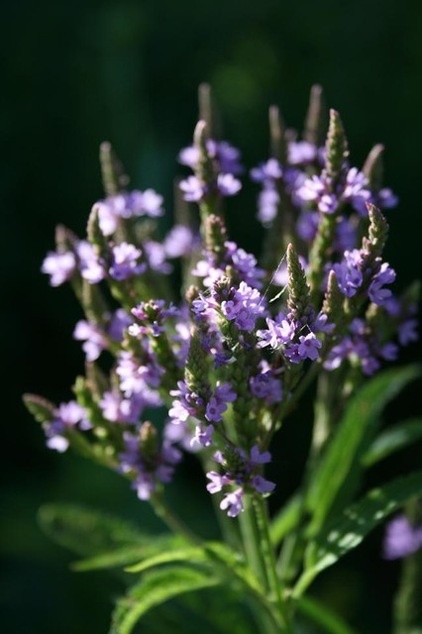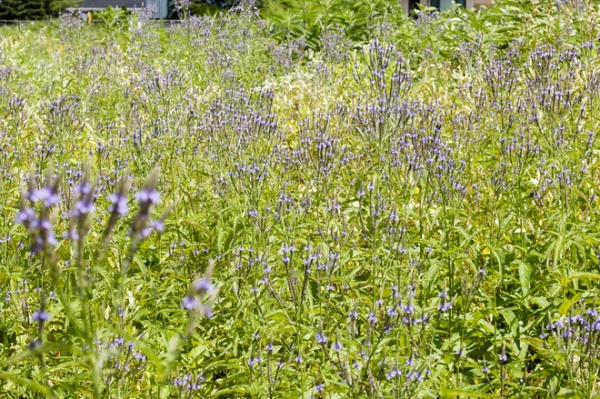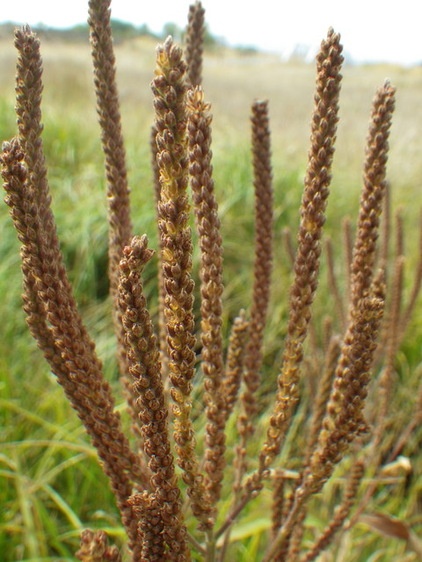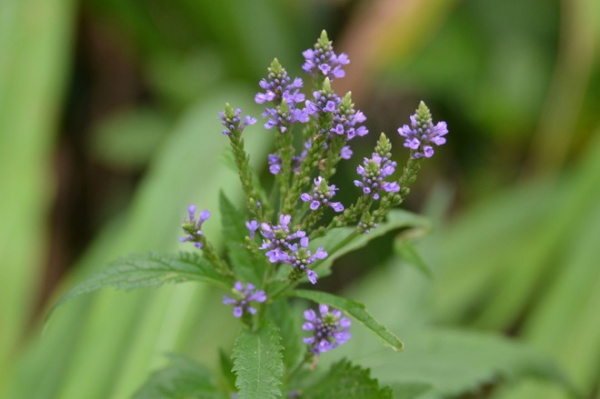Great Design Plant: Blue Vervain Soars in Soggy Soils
http://decor-ideas.org 07/18/2014 02:14 Decor Ideas
There are so many native plants to choose from of all stripes — many of which most of us don’t grow. But once you start growing them, it’s amazing how you’ll suddenly notice them in the wild (which is half the fun of using native plants). Blue vervain is a great example. From a distance it doesn’t seem all that impressive, but put it in the garden and it makes an unusual statement.

Botanical name: Verbena hastata
Common name: Blue vervain
Origin: U.S. native in scattered spots west of the Plains, much more numerous in the Plains, Midwest and Northeast
Where it will grow: Hardy to -40 degrees Fahrenheit (USDA zones 3 to 8; find your zone); best planted if native to your area
Water requirement: Medium to wet soil
Light requirement: Full sun to 50 percent shade
Mature size: 3 to 6 feet tall and 2 feet wide
Benefits and tolerances: Very low maintenance; superb tall architectural plant; not aggressive; attracts pollinators
Seasonal interest: Great winter interest; unique blooms in summer
When to plant: Spring to fall; seed in fall or winter

Photo by Frank Mayfield

Distinguishing traits. Blue vervain’s flowers are small, but that makes it a great nectar source for short-tongued bees and other more common insects. The candelabra effect of the flower head is unique and lasts from summer to the following spring. The plant is also a larval host for the verbena moth (Crambodes talidiformis).
How to use it. This plant will thrive in wet, even mucky soil, but will also do fine in a medium soil (though it may grow less tall there). I’d suggest a massed grouping to create a more powerful flower display, but it can work as a single specimen in a cottage border, too.
Shown: Verbena stems after blooming
Photo by Matt Lavin

Planting notes. This verbena is perfect for rain gardens and pond or creek edges — anywhere with occasional or constant soil moisture but not in permanent standing water.
The more sun, the taller it should get and the more blooms it should have, so think about using it as a back-of-the-border plant in a wetter and sunnier area. You’ll find it carefree and a welcome addition to a low-maintenance native pollinator garden.
Photo by Tony Alter
More: Browse plants native to your region
Related Articles Recommended












